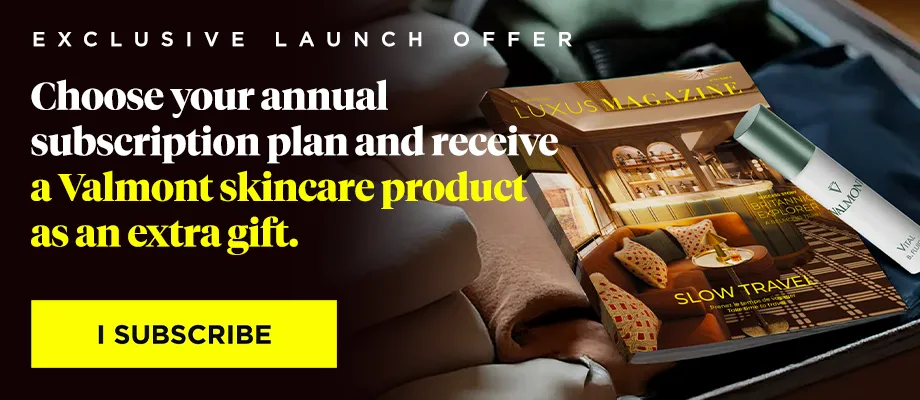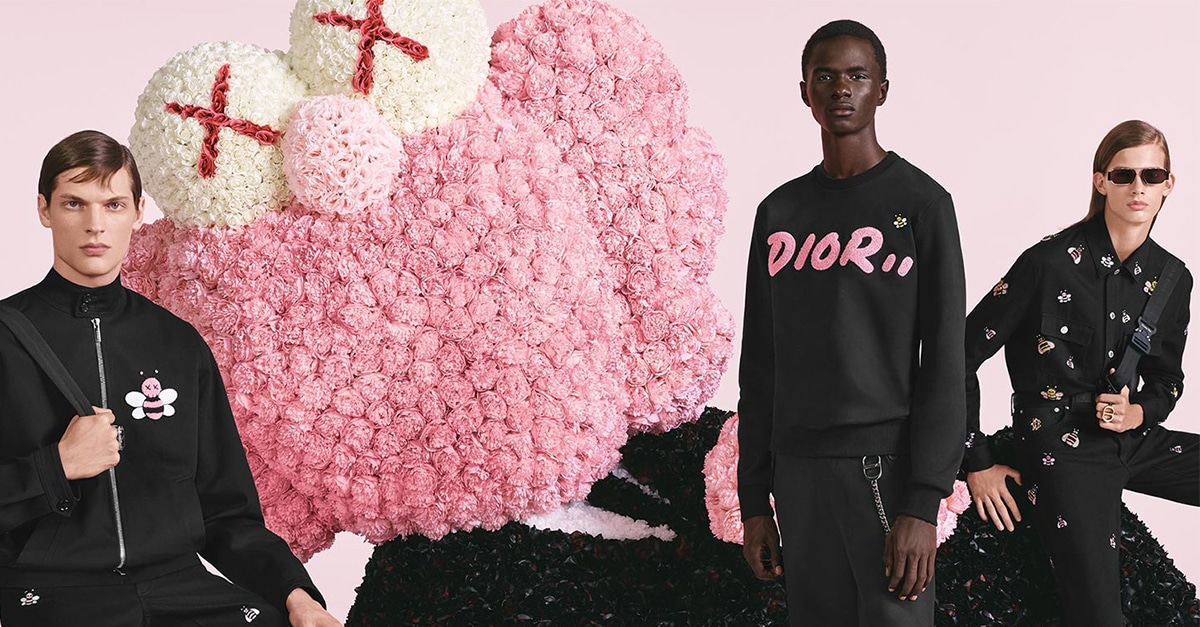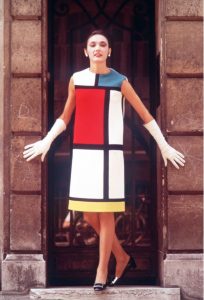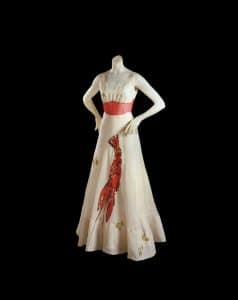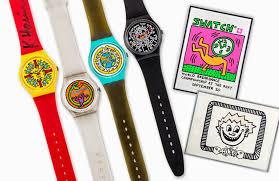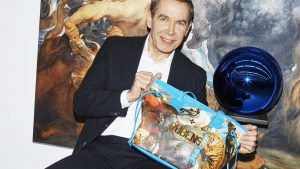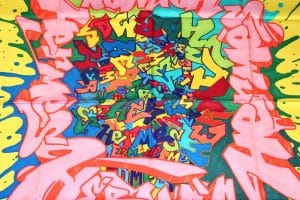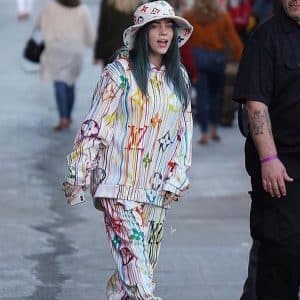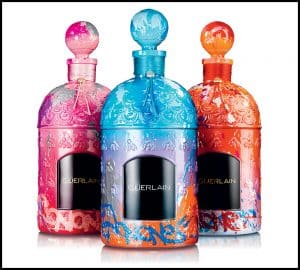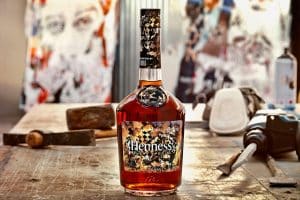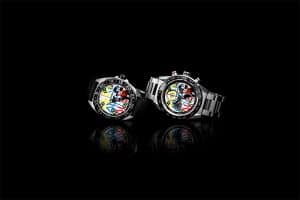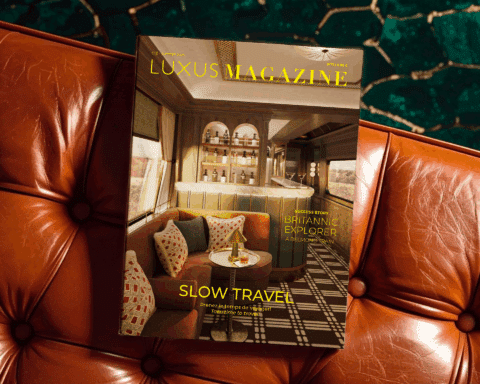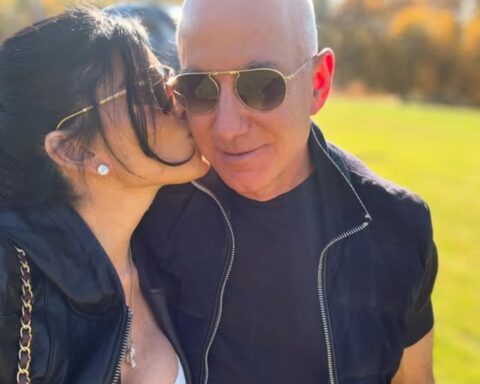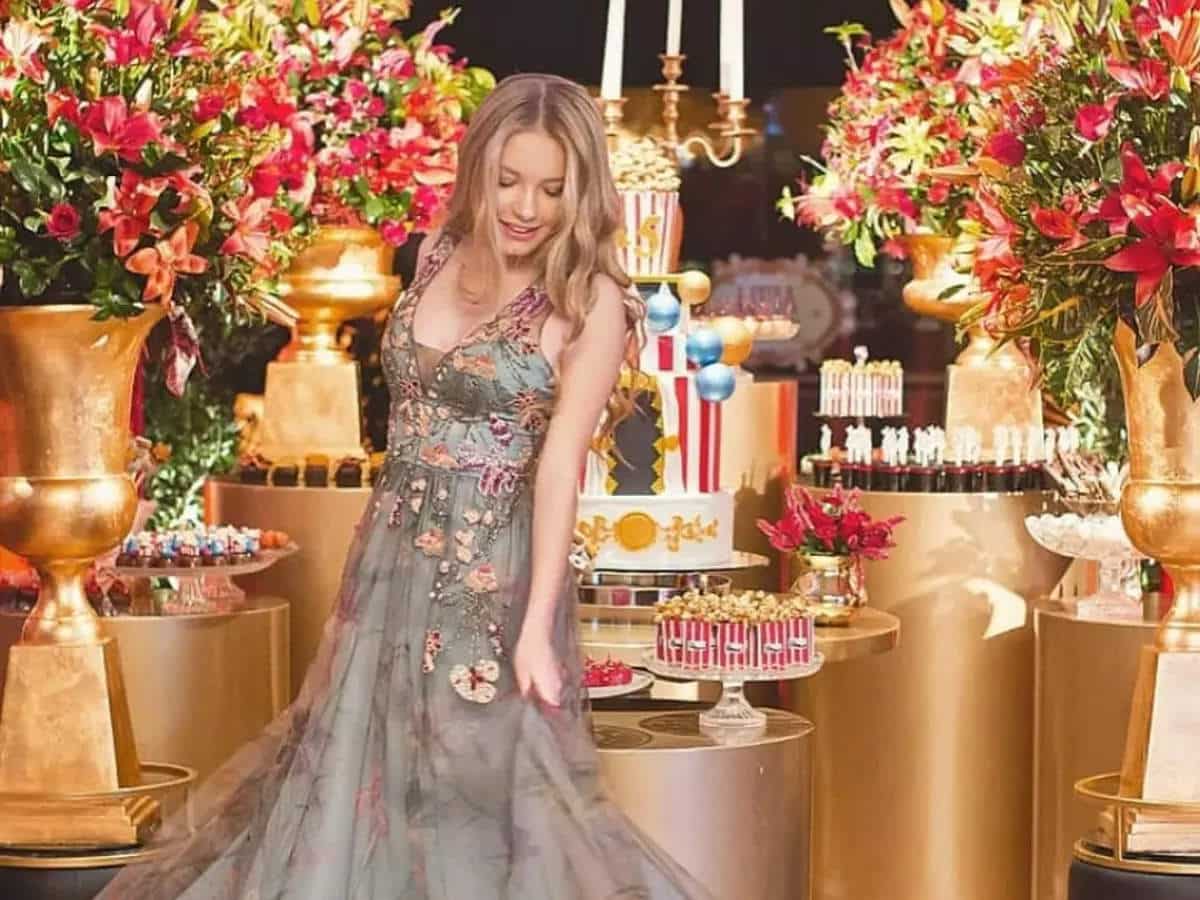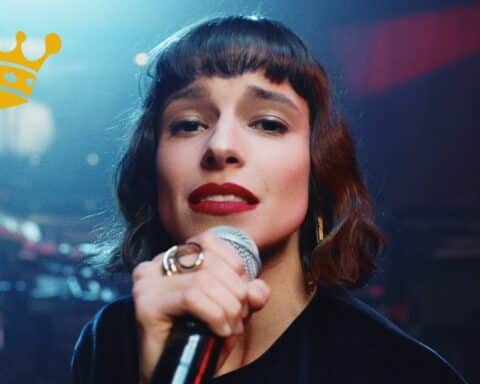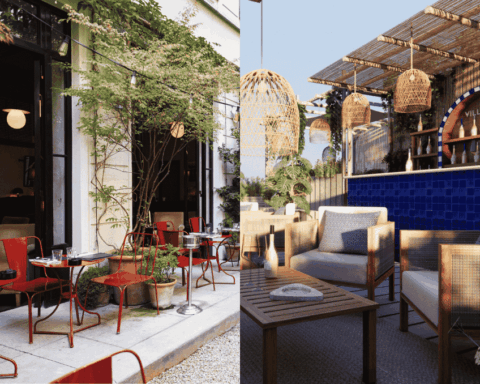Luxus Plus Magazine continues its series on major collaborations in the history of fashion and luxury. Today, the focus is on the many connections, not always dangerous, between the luxury sector and the world of Street Art, which have caused a lot of ink to flow over the last decade…
Luxury and Street Art seem at first glance to be antinomic. The former evokes rigour, elegance, inalterability, sumptuousness; the latter refers more to rebellion, transience, grunge and accessibility. Street Art breaks the codes of society and propriety, and addresses the all-pervasive where luxury tends to set standards and maintain a certain communal selectivity. And yet, over the last ten years, we have seen the emergence of collaborations between luxury brands and street artists, whether they are graffiti artists, stencil artists, poster artists, sticker or mosaic artists or recognised muralists.
So why this increased interest by luxury brands in an atypical art form, despite its strong development? One target is clearly targeted: these famous Millenials, which represent 45% of Personal Consumer Goods consumers in the luxury sector and which have grown up with Urban Art and social networks. Street artists, who are very present on Instagram and Snapchat, are powerful connectors for reaching thirty-somethings and young people in their forties with strong purchasing power. Fashion and luxury brands are not mistaken. The major companies in the sector today consider that Urban Art is an excellent relay for their image, even if it means slumming it somewhat. And the artists are not, at least not the majority of them, opposed to it.
To fully understand the stakes of this type of collaboration, two crucial points must be understood.
Firstly, the phenomenal expansion of urban art, with sales of the most highly rated artists exploding. Banksy sold his Devolved Parliament last year at auction for more than 11 million euros, more than five times the basic estimate.
Secondly, it should be remembered that collaborations between the art market and the luxury sector are not recent.
Let us remember Yves Saint Laurent and his famous Mondrian dress, presented during the autumn/winter 1965 fashion shows. A collection that paid tribute to the Dutch painter’s sense of geometry and was enthusiastically greeted by the international press.
Or again, in the 1930s, Elsa Schiaparelli and Salvador Dalí, friends in life, who together made headlines by producing legendary pieces that were at first considered scandalous before finding an audience, such as the hat-shoe or the famous Lobster dress that was even worn by Wallis Simpson at his wedding to the Duke of Windsor.
After modern art, pop art has not escaped the fashion for collaborations either. In the 1980s, Keith Haring signed watches for Swatch, 10,000 of which were sold, just as his international reputation was taking off.
More recently, Louis Vuitton, having already partnered with contemporary artists such as Takashi Murakami and Yayoi Kusama, entrusted Jeff Koons with the design of a capsule entitled “Masters” in 2017, which revisited the brand’s iconic bags with hand-painted reproductions of works by Grand Masters, a “re-creation” freely inspired by the artist’s Gazing Ball Paintings series. A controversial collaboration, often deemed ugly but which nevertheless reached its audience, as the capsule was soon sold out.
It is clear that collaborations between the art world and the luxury sector have become more audacious over the years. From there to a brand deciding to associate itself with an art form that is considered irreverent and with artists who sometimes still operate illegally, it is only a short step, cheerfully taken. It’s a way for luxury companies to get up to date and erase their reputation as outdated brands while relying on street artists who are “bankable“.
Let’s take a look at some of them.
In 2011, the graffiti artist Kongo reinterprets for the collection “Carré Graff by Kongo” the famous silk square of the French fashion house Hermès. His signature: a design inspired by urban tags, colourful and offbeat.
In 2019, the new Dior Homme artistic director, Kim Jones, called on New York artist Brian Donnelly, known as Kaws, to reinvent the house’s famous bee motif and create a new Dior logo specially designed for the collection. The “Dior Homme x Kaws” capsule developed for Spring/Summer 2019 consists of a wide range of hooded jackets, T-shirts, trousers and accessories.
Parfois, ce sont les street-artists qui détournent les marques de luxe. L’artiste urbain Zevs par exemple, “liquide” les logos de marques comme Louis Vuitton, Chanel, Nike, Supreme ou Lacoste depuis 2006. Louis Vuitton n’a pas manqué par la suite de sauter sur l’occasion artistique d’intégrer son logo liquidé par Zevs dans une de ses collections, largement relayée par des pop stars comme Billie Eilish.
En 2016, Guerlain faisait appel au Street Artist John Andrew Perello, plus connu sous le nom de JonOne, pour concevoir une nouvelle collection, hommage à trois parfums emblématiques de la marque. Le graffeur et artiste peintre américain a utilisé le mythique flacon aux Abeilles de la Maison, comme support de son œuvre. 98 pièces d’exception ont été réalisées sous trois versions de couleurs différentes.
La Maison Hennessy propose régulièrement des collaborations avec des artistes urbains. Après notamment Kaws, Shepard Fairey, Ryan McGinness et JonOne, Vhils s’est prêté au jeu du design de la carafe Hennessy Very Special en 2018. L’artiste portugais a ajouté à ses techniques sérigraphiques habituelles, de l’encre et de l’acide sur le papier afin de créer une oeuvre constellée de noirs et de jaunes profonds, évoquant le cognac.
L’horloger TAG Heuer quant à lui s’est associé dès 2017 avec le street artist Alec Monopoly. Ce New-Yorkais de 34 ans, dissimulé derrière un masque, s’est fait connaître en 2008 avec ses graffitis qui s’insurgeaient contre la crise des subprimes, en mettant en scène l’avare Rich Uncle Pennybags, la mascotte du jeu Monopoly.
On assiste définitivement à une explosion des collaborations entre marques et street artists ces dernières années; les annonces se succèdent à un rythme effréné, comme une course à l’échalote que mèneraient les maisons de luxe pour profiter d’un filon juteux. Peut-être assistons nous à une marchandisation extrême de l’art urbain. Il n’en reste pas moins que de nombreux artistes avouent gagner plus avec ce type de collaborations que par les ventes en galerie. Un argument pécuniaire, mais pas que. Pour certains artistes, c’est aussi l’occasion de continuer à rendre leur art accessible en l’immisçant dans le quotidien des gens.
Toujours est-il que nous avons encore quelques belles années de noces rebelles devant nous, avant que l’enthousiasme des Millenials pour le Street Art ne se tarisse ou que le phénomène spéculatif que connaît actuellement le marché de l’art urbain ne s’essouffle. Nul doute que les marques de luxe trouveront d’autres filons innovants en termes de marketing d’ici là.

